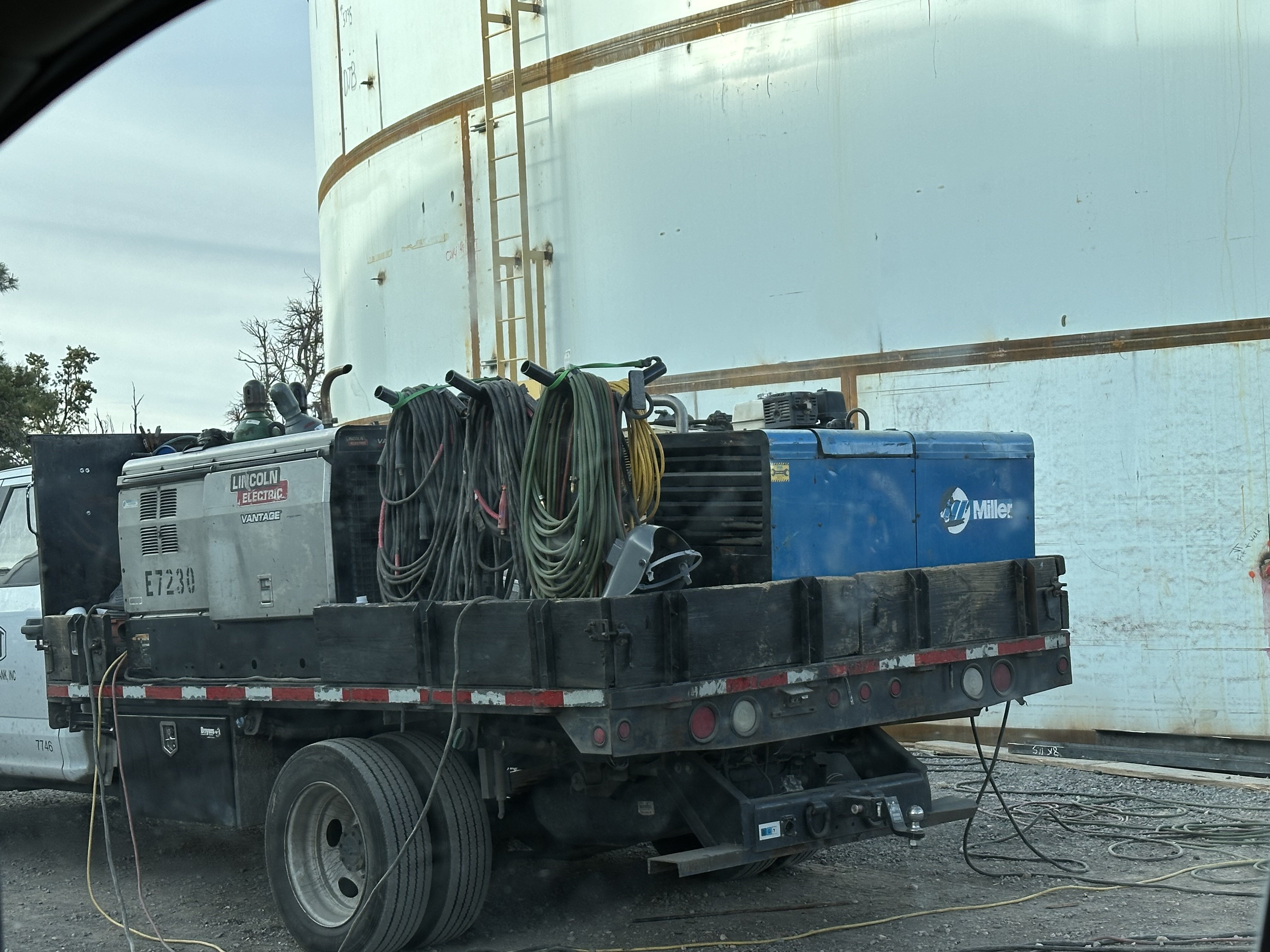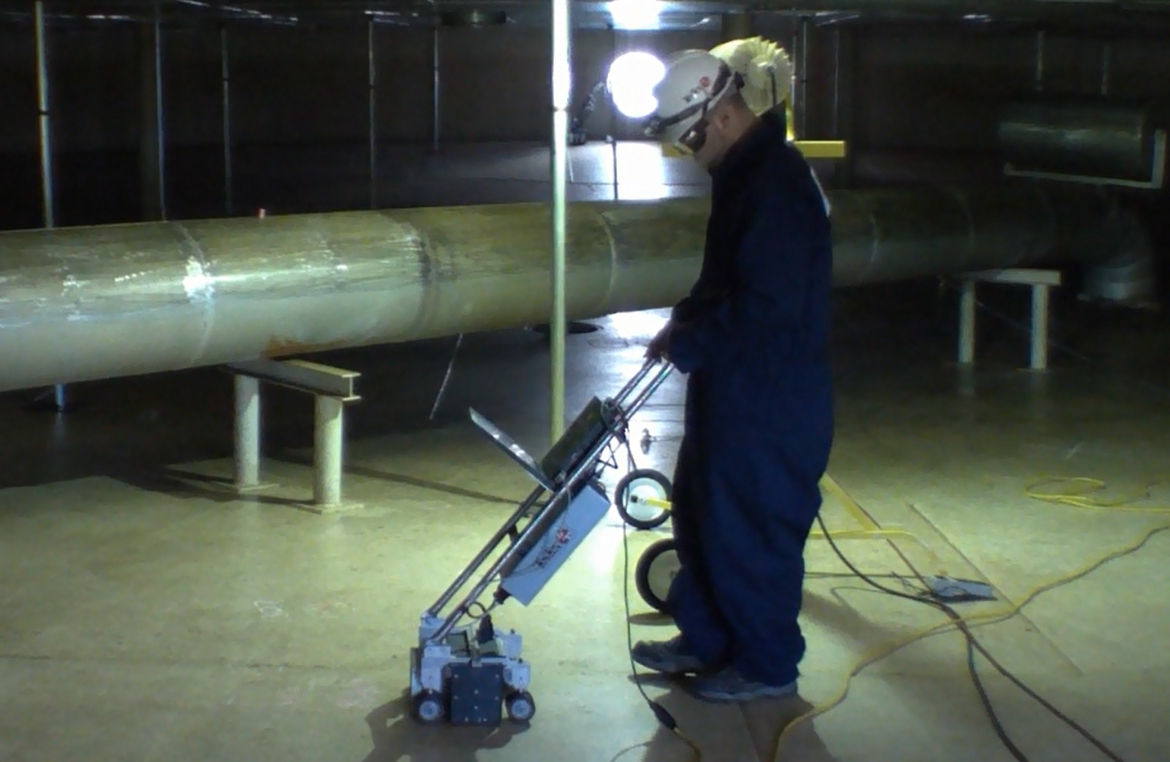Comprehensive Guide to Effective Container Welding Assessment Techniques and Best Practices for Top Quality Guarantee
In the world of tank welding, strenuous evaluation methods are extremely important for protecting structural honesty and making sure conformity with sector regulations. This overview provides a structured approach to various evaluation methods, including aesthetic assessments and non-destructive testing, which play an important duty in detecting flaws prior to they intensify into significant concerns. Additionally, the importance of meticulous documents and the implementation of continuous renovation techniques can not be overemphasized. As we check out these important components, it ends up being clear that a positive assessment technique is not simply advantageous, but important for functional success in environments handling harmful products.
Importance of Storage Tank Welding Examination

Container welding assessment acts as a preventative action, identifying possible defects such as cracks, porosity, or inappropriate joint penetration before they escalate into severe issues. Normal evaluations not just conform with market regulations and criteria yet also improve the longevity of the containers, lowering the requirement for expensive fixings or substitutes.

Aesthetic Inspection Strategies
Employing organized visual inspection techniques is critical for assessing the quality and stability of welded joints in containers. This technique serves as the first line of protection in recognizing potential problems such as cracks, undercuts, and not enough penetration. The assessor should approach the task with a keen eye, using appropriate tools like amplifying glasses, flashlights, and mirrors to improve presence.
Throughout the assessment process, the inspector ought to evaluate the weld account, guaranteeing it sticks to specified requirements and standards (Tank Welding Inspection). This includes taking a look at the bead width, elevation, and blend with the base product. Assessors must additionally pay attention to the surrounding areas for indicators of thermal distortion or contamination that might affect the weld's performance
Documentation of findings is necessary; inspectors ought to record any type of abnormalities, categorizing them by extent for additional analysis. This systematic method not only aids in immediate problem recognition yet likewise adds to lasting top quality assurance by making sure conformity with sector requirements. Regular training and calibration of aesthetic examination techniques even more improve the dependability of evaluations, eventually bring about safer and extra resilient tank structures.
Non-Destructive Evaluating Approaches
Non-destructive screening (NDT) techniques are frequently utilized in container welding examinations to analyze the honesty of welded joints without endangering their architectural integrity. These methods are vital for determining defects such as cracks, voids, and incorporations that can bring about catastrophic failures if left unnoticed.
Usual NDT approaches include ultrasonic screening (UT), which uses high-frequency acoustic waves to find internal flaws; radiographic testing (RT), utilizing X-rays or gamma rays to envision weld structures; and magnetic fragment testing (MT), which reveals surface and near-surface interruptions in ferromagnetic products (Tank Welding Inspection). Liquid penetrant testing (PT) is likewise widely made use of, efficient in discovering surface-breaking problems by using a fluorescent or shade comparison dye
Each NDT approach has its specific applications and benefits, making it crucial for assessors to select the appropriate technique based upon the product and the kind of weld being evaluated. The combination of these NDT methods right into the assessment process boosts the total quality control structure, making sure that welded containers satisfy safety and efficiency standards. Inevitably, NDT plays a crucial function in keeping the stability and long life of tank frameworks in different commercial applications.

Documentation and Reporting
Ensuring detailed documents and coverage throughout container welding assessments is important for keeping compliance with industry standards and facilitating effective communication among stakeholders. Appropriate documentation works as a thorough document of examination activities, searchings for, and any type of restorative actions taken throughout the welding procedure. This details is crucial not only for quality control however likewise for audits and regulative reviews.

A try this web-site well-structured evaluation report must consist of details such as the date of evaluation, names of inspectors, welding treatments utilized, products used, and any kind of inconsistencies from established standards. In addition, photos and representations can enhance the clearness of the report, giving aesthetic context to the searchings for. It is also vital to record any non-conformities in addition to their resolution, making sure that all stakeholders are educated of prospective dangers and the steps required to reduce them.
Furthermore, preserving a centralized data source for all assessment records permits simple access and evaluation, fostering a culture of openness and responsibility. By prioritizing thorough documentation and coverage, companies can not only promote quality control but additionally enhance their reputation within the market, inevitably leading to improved security click over here now and functional efficiency.
Constant Renovation Practices
Constant renovation techniques are important for improving the top quality and performance of tank welding evaluations. Carrying out an organized strategy to assess and refine evaluation methods cultivates a society of top quality assurance within the organization. One effective technique includes routine training and upskilling of assessment workers to remain abreast of the most recent welding modern technologies and criteria. This ensures inspectors have the necessary knowledge and skills to identify flaws accurately.
In addition, making use of data-driven analysis allows organizations to track examination outcomes, determine trends, and pinpoint locations for enhancement. Utilizing tools such as origin analysis can help in recognizing the underlying problems causing defects, enabling targeted interventions. Additionally, obtaining comments from evaluation teams and stakeholders develops helpful site a collective environment that urges ingenious solutions.
Including sophisticated technologies, such as computerized evaluation systems and real-time monitoring, can dramatically improve the precision and speed of inspections. Routine audits of the inspection procedures also add to a culture of liability and constant refinement. Eventually, these continuous enhancement practices not just elevate the high quality of tank welding assessments but likewise add to general functional excellence and consumer complete satisfaction.
Final Thought
In conclusion, efficient storage tank welding assessment is crucial for making certain the structural integrity and safety of storage systems, specifically those dealing with dangerous materials. Utilizing a combination of visual evaluation methods and non-destructive screening techniques assists in the very early recognition of defects, therefore preserving compliance with industry standards.